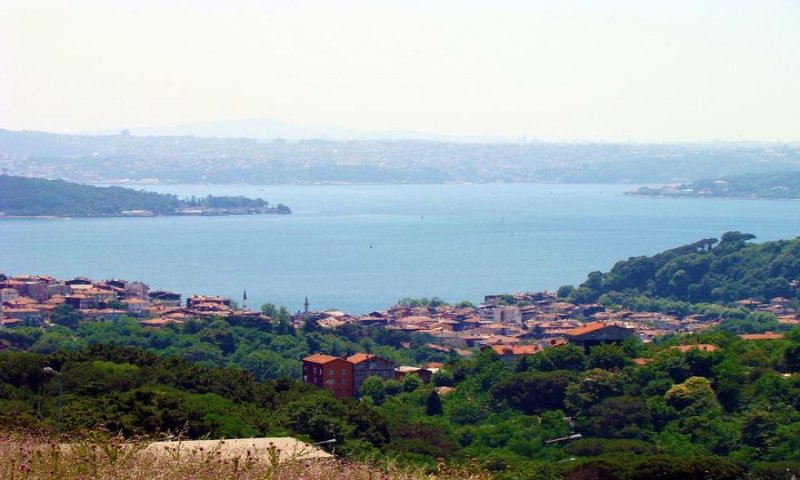The life tenure of a particular ship has an age that is limited to its operation. When a ship loses its capability of generating more profits every year, it is sent for the process of ship recycling. Because the demolished ship contains many hazardous materials, thus, special care should be taken to manage the wastes. In addition to this, a ship recycling yard that conducts the ship recycling process should design in a manner that helps identify, safely remove, safely store and safely dispose to authorised agencies so that hazardous wastes are not harmful to both humans as well as to the environment.
What is ship recycling?
The process of ship recycling takes place in a ship recycling yard which involves removing all the items and important equipment on a ship, cutting down the ship’s structure to obtain steel, and storing and disposing of the hazardous materials to the authorized agencies for safe disposal.
What are the most common methods used in the ship recycling process?
According to the latest research, we generated a list of the most common methods used in ship recycling and they are as follows:
- Inter Tidal Landing Method: In this method, recycling process is conducted on beach where the ship is pulled towards the beach in high tide when it is floating. Ship is held with help of winches and cutting process is planned and carried out with the guidance and supervision of naval architect. Additionally, this method requires a medium-sized area to carry out the recycling process.
- Dry Docking Method: In this method, the whole dismantling and scraping process is carried out on land. This particular method requires comparably a larger area to carry out the process.
- Alongside and slipway: This is a combination of both in-water and on-land methods where the infrastructure of ships is dismantled while the ship is still on the water. Next, scraping takes place on land where the ship is pulled ashore.
What are the stages of scraping that are usually carried out?
The process of scraping the ship is usually carried out as follows:
- Firstly, the ship brought to the shore.
- Next, all the areas containing hazardous materials are identified and marked.
- The next step involves removing all loose items from the ship before actual process of ship recycling takes place.
- The non-metal parts of the ship are dismantled first and then metal parts are cut off using oxy-acetylene flame cutting tools. The whole cutting process is categorized into primary cutting and secondary cutting.
- All hazardous materials are systematically and safely removed from the ship, securely packed in bags, brought down and stored in specifically marked hazardous area and then disposed off to authorised agencies.
- The steel plates are cut into smaller sizes as would be required for sales.
What are the potential threats from the ship recycling process and how can they be prevented?
According to the International Maritime Organization (IMO), there are many hazardous materials on the vessel that can prove to be harmful to humans and also pollutes the environment in some way or the other. For instance, leftover fuel and lubricating oil (which are categorized as flammable liquids and pollutants) and some leftover parts of asbestos and PCBs (which are categorized as one of the most dangerous materials imposing long-term effects on health which might even cause cancer and other hormonal diseases).
Therefore, according to the IMO, special considerations are taken into account where the ship that is going for recycling process is required to follow a procedure where they need to ascertain the condition of the ship and draft out a ship recycling plan. The plan should be drafted depending on the type, size, and condition of the ship.
Upon receiving and agreeing on the ship recycling plan, the approval will be sent to them and then the process of ship recycling can begin. The facilities should be arranged in order to comply with the existing rules and regulations stated by the IMO. This is particularly important because all the hazardous materials that are produced during the green ship recycling process should be managed in a viable manner. Additionally, the ship-breaking yard must keep in mind that their recycling process could impose pollution that affects the human and surrounding environment.
